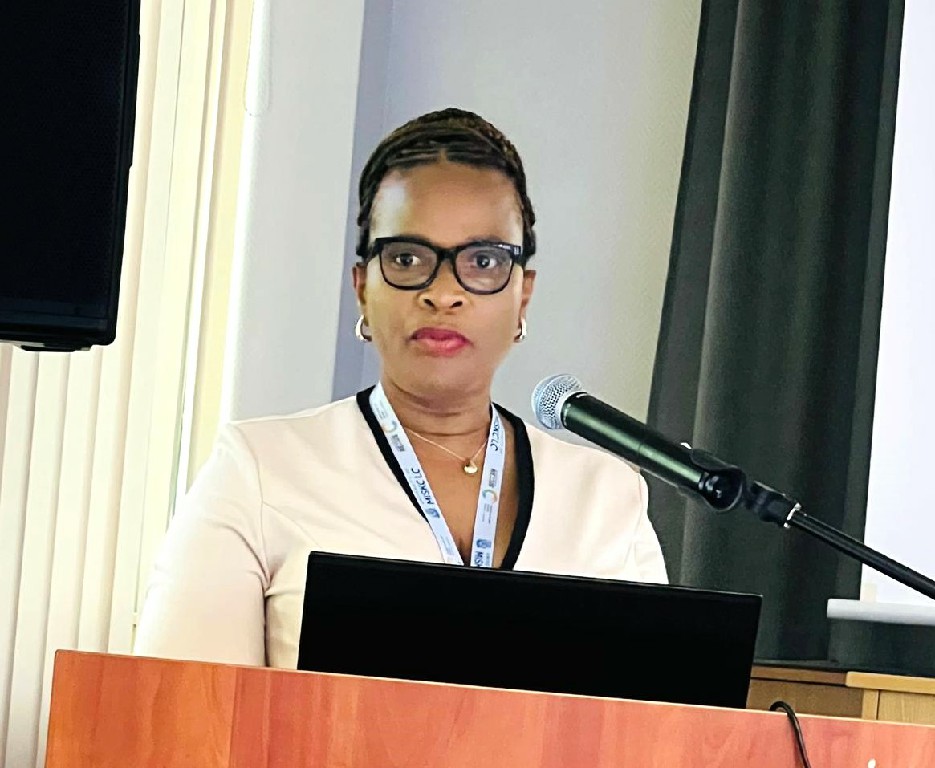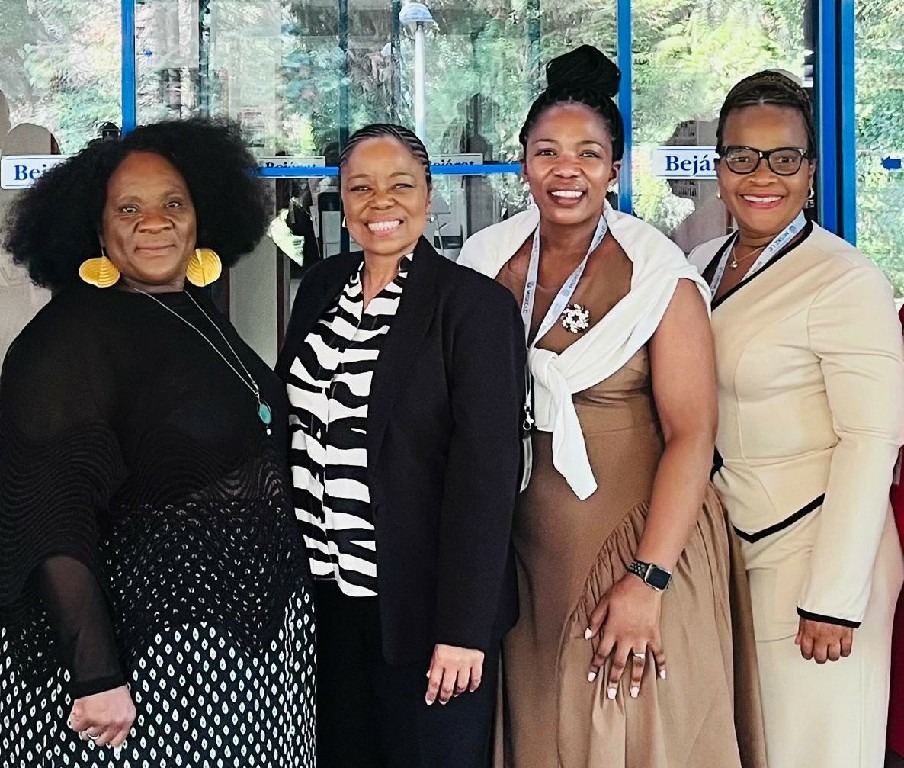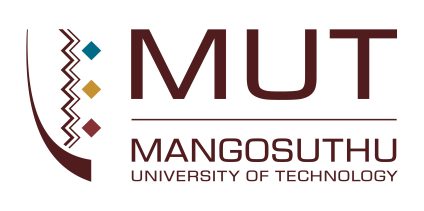
“When I began my research on the circular economy in KwaZulu-Natal, I did not just want to examine systems or strategies; I wanted to hear the stories of the people building something new in the heart of our province: Women and men transforming waste into opportunity. Entrepreneurs re-imagining sustainability not as a buzzword, but as a way of life.
“Entrepreneurship, particularly when rooted in innovation, is crucial to establishing a circular economy. In KwaZulu-Natal, where unemployment is high and waste management is a growing concern, small businesses are not only addressing environmental issues; they are creating jobs, designing new business models, and changing mindsets.
‘“We see waste as wealth,” one participant told me. That phrase stayed with me. It captured the spirit of the research and the heartbeat of what I believe the circular economy means in our context.
“My study focused on how technology business incubators in KwaZulu-Natal support this work. Using a qualitative, interpretive phenomenological approach, I conducted interviews with 13 business incubator managers to explore how entrepreneurship intersects with circular economy principles, particularly among small, tech-driven enterprises.
“What emerged was clear: the circular economy provides fertile ground for innovation. Entrepreneurs are finding new ways to reduce waste, rethink product life cycles, and extend the use of materials. From recycling initiatives to composting hubs and repair services, these businesses demonstrate that sustainability and profitability can coexist.
“Circular thinking challenges us to redesign how we live and work. And it creates space for small businesses to lead in meaningful, locally relevant ways.
“In the KwaZulu-Natal context, this means addressing real-world problems, such as informal waste collection, overburdened landfill sites, and communities without consistent service delivery. But it also means unlocking potential, especially among young people and women, through skills development, digital platforms, and community collaboration.
“We are not just managing waste, we are building economies,” one entrepreneur said to me during the interviews. And that is exactly what is happening.
“Through circular business models, local entrepreneurs are creating new jobs in areas like remanufacturing, recycling, and repair, sectors that are labour-intensive and deeply aligned with climate goals. Importantly, many of these solutions are low-cost, tech-enabled, and scalable, offering practical models for other emerging regions.
“My work now, as a senior director in the Office of the Vice-Chancellor, continues to be shaped by these insights. I see the potential for universities to become living labs for sustainable development, partnering with business incubators, supporting student entrepreneurs, and integrating circular economy thinking into research, teaching, and community engagement.
“This is not just a policy direction; it is a personal conviction. The women I met through this research, and the ideas they are pioneering, prove that sustainable futures are possible. They are already being built, right here in KwaZulu-Natal.
“The circular economy is not just a theory,” I often remind colleagues. “It is practice. It is people. And it is the future we have the power to shape, together.”
“Water is Everything”: Building a Climate-Resilient Water System in New City
A reflection by Dr Thobeka Makhathini and Dr Sphe Mtweni, Lecturers: Department of Chemical Engineering
“In New City, on the outskirts KwaMakhutha, in Durban, when the rains fall too hard or not at all, everything changes.
“Taps run dry. Toilets stop working. Children walk further for water. And when the sea rises or storms strike, like they have, again in South Durban, what little infrastructure communities rely on gets washed away or polluted.
This is the reality of climate change here. It does not knock on the door politely. It comes in the form of floods, droughts, broken pipes, and contaminated tanks. And it always hits the most vulnerable first.
“I began this project with a simple but urgent question: What would it take for a small urban community like New City to have a water system that can survive climate change?
“As a chemical engineer, I have been trained to think in systems — pipes, flows, filters, and reservoirs. However, this project required something more: an integrated urban water system, designed not only for efficiency but also for resilience, equity, and local relevance.
“That meant starting with the people of New City themselves.
“We need water that does not leave us when the weather changes,” one resident told me during a focus group. “Every time it floods, we have to start again.”
“With around 480 households, New City is a mix of formal and informal dwellings, most with limited access to reliable water. Climate change has exacerbated the situation. Rising temperatures and changing rainfall patterns are shrinking natural water availability, while intense storms damage infrastructure and contaminate drinking supplies.
“So, our team set out to design a solution that worked with the community, not just around them.
“We combined rainwater harvesting, greywater recycling, water conservation education, and climate-smart infrastructure into a single system. But more importantly, we involved residents from the very beginning through surveys, semi-structured interviews, and community meetings. Their insights shaped everything, from where tanks were placed, to how messages about hygiene and conservation were communicated.
‘“Water is everything,” another participant said. “But no one ever asks us what works here.” That is what this project aims to change. We are not just testing the technical feasibility of the system; we are studying its social acceptance. Because even the best-designed system will not work if people do not trust it, understand it, or feel included in its development.
“The long-term goal? To create a scalable model for other urban and peri-urban communities like New City — places on the frontline of climate change but often left out of the conversation.
“As part of SDG 6, which is Clean Water and Sanitation, and SDG 13, which is Climate Action, this initiative offers more than just pipes and tanks. It offers a shift in approach from top-down planning to co-created resilience. From temporary fixes to sustainable adaptation.
‘“The storms will keep coming,” one mother told us. “But now at least we know how to prepare.”
“That is the heart of this work. Not just water security, but dignity, voice, and agency. If we can build that here, amidst the floods and uncertainty, then maybe we can build it anywhere.
“And that gives me hope.”
“Planting Hope in Umlazi: How co-design circles are growing climate resilience”
A reflection on research by Professor Nkonki-Mandleni, Dr Ighodaro, and Dr Hlungwani, MUT staff members

“When the first co-design circle was held in Umlazi, no one was quite sure what to expect.
“Teachers, caregivers, indigenous knowledge keepers, and researchers from across disciplines sat in one room: not as experts and participants, but as equal partners. What brought them together was not a grant or a conference. It was something far more urgent: the shared challenge of climate change, and its devastating effects on vulnerable children in South Africa.
“Climate change is not just about the environment,” said Professor Busisiwe Nkonki-Mandleni, Director of MUT’s CEAD. “It is about food. It is about children’s health. It is about justice. And most of all, it is about what we choose to do next.”
“This story begins in KwaZulu-Natal, where floods, extreme heat, and erratic rainfall are already threatening local agriculture and food systems. In urban and rural communities alike, the impacts are being felt most by those who are least responsible, especially children. By 2030, the number of malnourished children in Africa is projected to rise to 42 million, and 52 million by 2050. Communities like Umlazi are already seeing early signs of this crisis.
“But instead of responding with top-down solutions, the research team conducting the project turned to co-design—a participatory method that invites local stakeholders to co-create responses rooted in cultural context, indigenous knowledge, and climate science.
“We did not come in with a blueprint,” says co-author Dr David Ighodaro, a Researcher at the CEAD. “We came in with open ears and open minds. And that changed everything.”
“Working in partnership with colleagues from Canada and the USA, the team formed co-design circles in three communities, with Umlazi as a key focus area. These circles comprised a diverse mix of individuals, including government representatives, teachers, early childhood experts, farmers, caregivers, and indigenous knowledge holders. The combined team’s goal was clear: to design climate-smart school gardens that support child nutrition, develop intergenerational climate literacy, and serve as models for wider community adaptation.
“Each circle became a space of exchange, where academic knowledge met lived experience, and where voices often left out of climate conversations took centre stage. “Together, they created planting calendars, shared stories of home gardening under extreme weather conditions, and developed culturally responsive curricula for Grade 1 learners.
‘“One powerful outcome of the co-design approach was the integration of Indigenous and Local Ecological Knowledge (ILEK) into both teaching and practice. For example, the use of traditional plants and indigenous gardening techniques offered low-cost, climate-resilient solutions that had already proven effective in other African contexts—like the use of Chromolaena odorata (devil weed) to boost yam production in Nigeria”, said Professor Nkonki-Mandleni.
The co-design circles also revealed gaps in existing systems, particularly the lack of climate education that speaks across generations. That is why one of the project’s innovations is the creation of intergenerational learning spaces: school gardens where children, parents, and grandparents learn together, not just about climate change, but about how to respond to it.
“And while it is too early to measure the long-term outcomes, the groundwork is promising.
‘“The power of co-design is that it honours everyone’s knowledge,” said Professor Nkonki-Mandleni. “It creates solutions with communities, not for them.”
“At its core, this project is about equity, resilience, and the right to adapt, especially for children whose futures are being shaped by a climate condition they did not create.
“In a world where climate change can feel overwhelming, the co-design circles in Umlazi offer something rare: a sense of agency. A reminder that solutions do not have to come from somewhere else. Sometimes, they start in a circle, on shared ground, with open hearts and dirty hands.”
